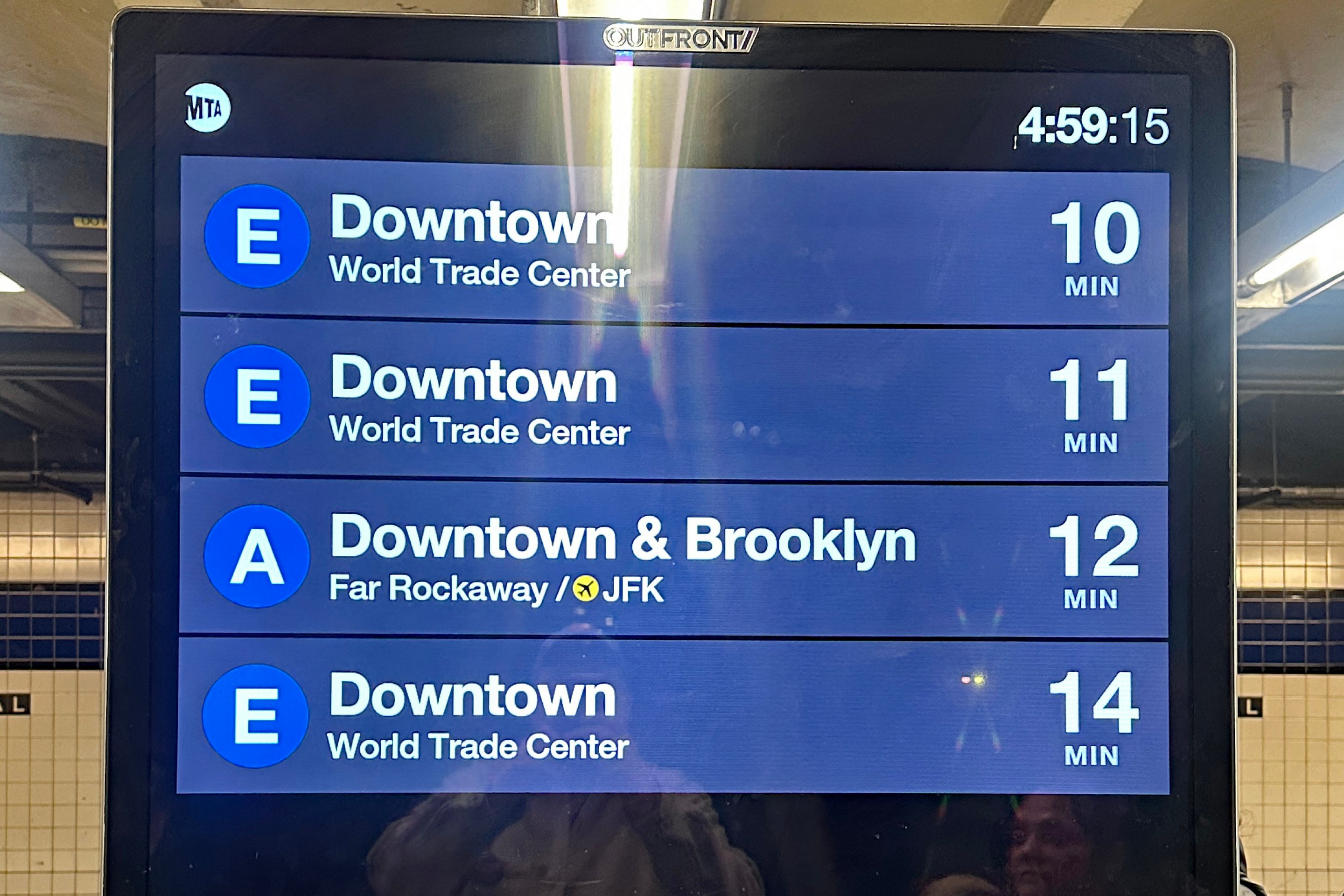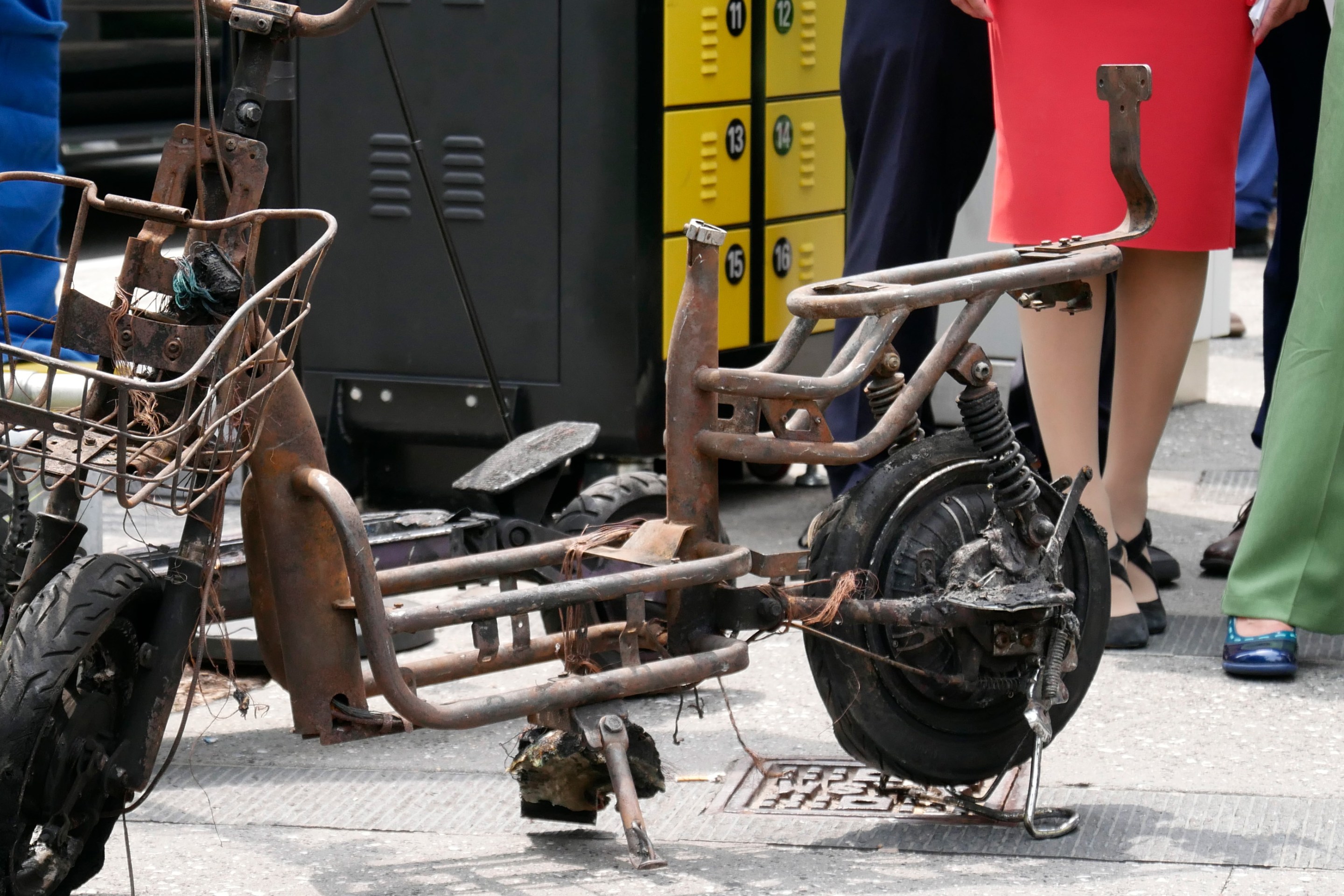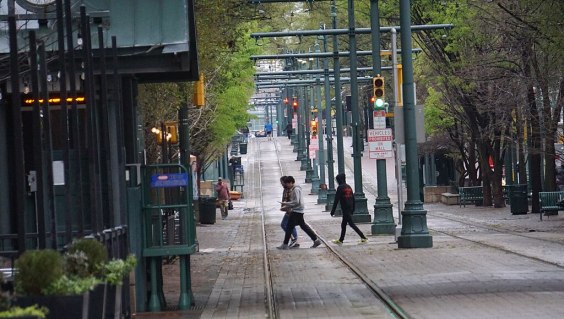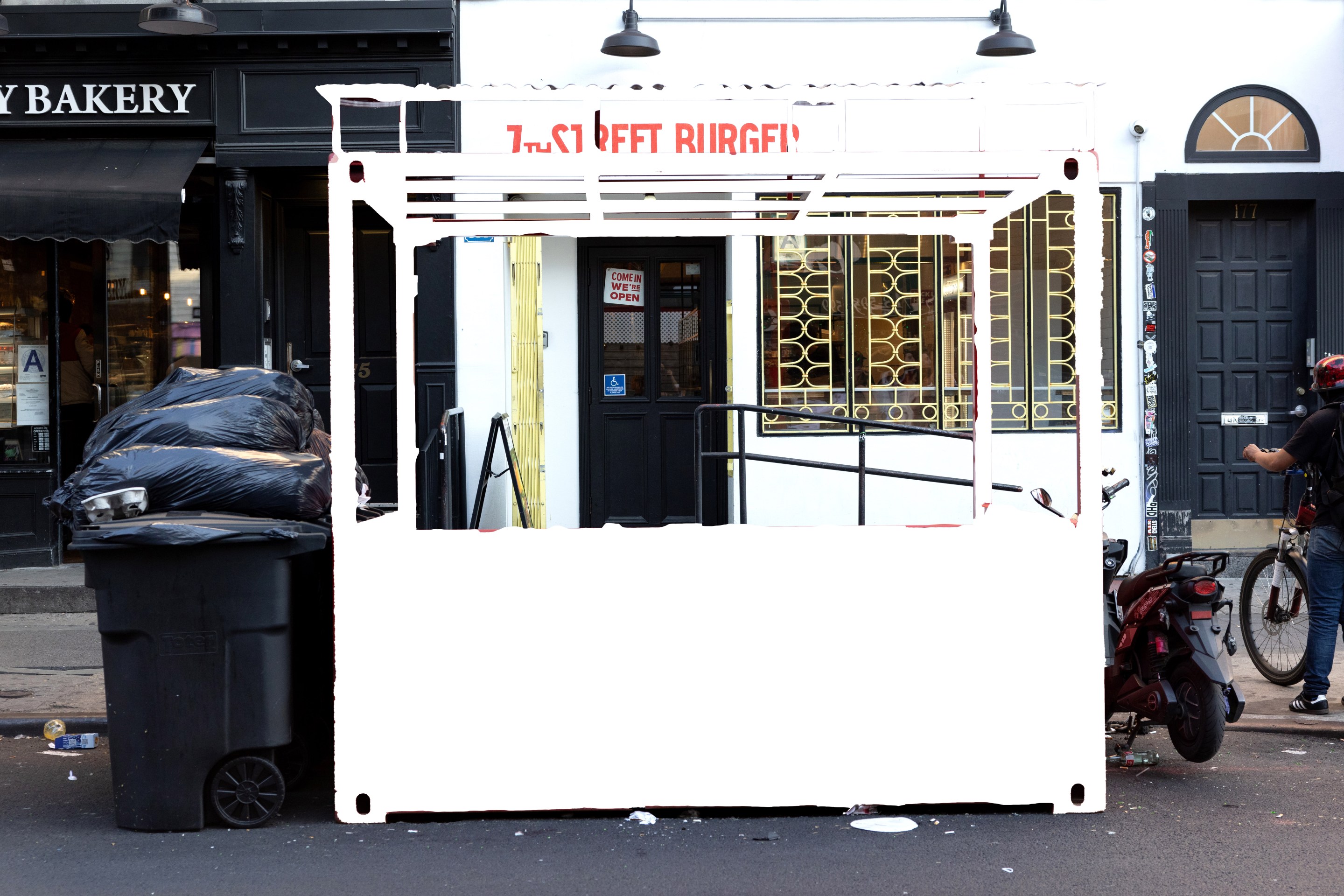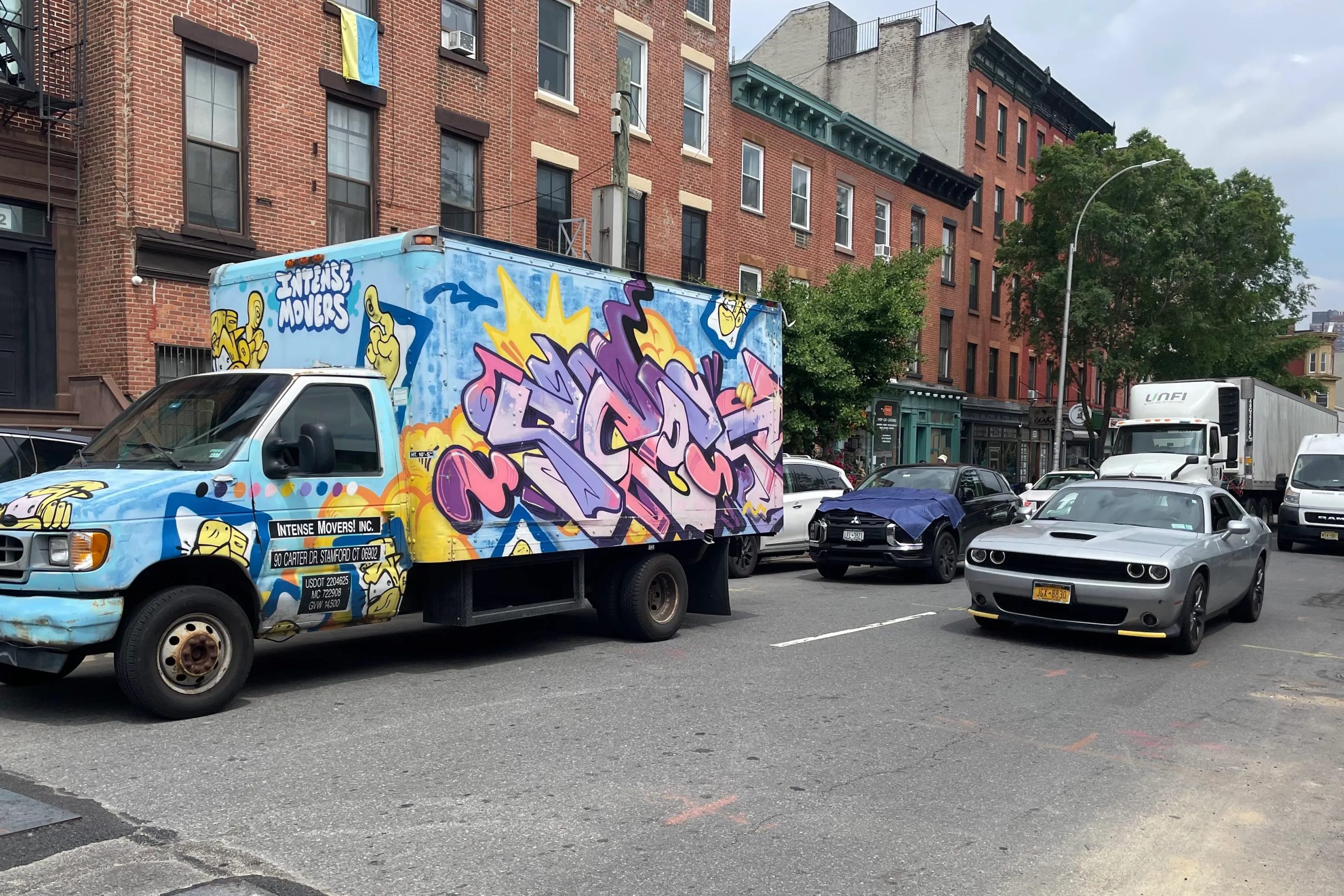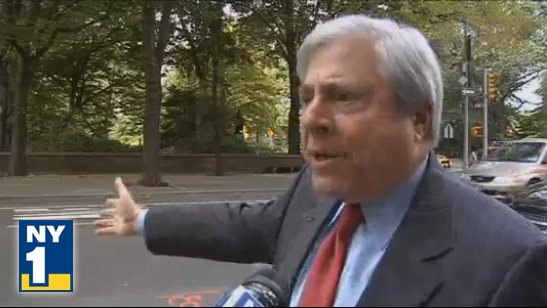
It's showtime for the Prospect Park West bike lane, with a bike lane protest and a rally for the redesign coming up tomorrow morning.
In a prelude to the big day, Brooklyn Borough President Marty Markowitz is making some rounds in the media. The Brooklyn Paper and NY1 got some choice quotes from the beep, who appears to be getting increasingly agitated about one lane-mile of pavement shifting from automotive transportation to active transportation.
Markowitz doesn't seem to feel constrained by the truth when he deals with the press. He told the Brooklyn Paper's Stephen Brown:
“Nobody asked for this! This is the vision of the DOT! Their belief! Their ideological approach!”
We've covered this ground before, but the fact is that many people asked for the PPW bike lane. More than 1,300 people signed the Park Slope Neighbors petition calling on DOT to calm traffic on PPW and install a two-way protected bike path. Before that, in 2007, Brooklyn Community Board 6 asked DOT to study a two-way protected path on PPW. When DOT came back to the CB with a redesign, the proposal passed.
Then there's Markowitz's denial that speeding was a problem on the old PPW:
“I lived on Prospect Park West for eight years! My windows faced it, and I rarely saw speeding,” said Markowitz, adding, “That doesn’t mean it doesn’t happen, but I rarely saw it.”
How do you pinpoint speeding with the naked eye? You can see someone racing and weaving through traffic at 60 mph easy enough, but what about when most of the traffic is exceeding the city speed limit of 30 mph and moving in the 30-45 mph range? People who actually went out and measured traffic speeds on the old PPW with radar guns found that speeding was the norm. DOT clocked more than 70 percent of motorists speeding, and Park Slope Neighbors observed 30 percent exceeding 40 mph. After the bike lane went in, PSN measured less than two percent of cars exceeding 40 mph.
This is significant. The typical stopping distance for motorists traveling at 40 mph on dry pavement is 118 feet. At 30 mph it's 75 feet. And at 20 mph it's 40 feet.
So, when Markowitz says, “When you cross the street children often break from their parents and there is a danger that a cyclist won’t see the kid in time — or a senior citizen!” -- that's actually an argument for the redesign. If someone walks across the street unexpectedly on the new PPW, people operating multi-ton vehicles on the roadway are now more likely to be able to react in time to avoid catastrophe.
Then, when all else fails, Markowitz can always play the Manhattan card:
Here we are, on the east side of Manhattan, Fifth Avenue -- no bike lanes. Central Park West? No two-way bike lane! But in Brooklyn, our entrances into Prospect Park -- bike lanes.
Gotta side with Marty on this one. Let's get some protected bike lanes on Fifth Avenue and CPW!
As for the claim that Brooklyn is a "guinea pig" -- when was the last time Markowitz got chauffeured around the East Village in his SUV? How about Chelsea, the Upper West Side, Chinatown, or the Lower East Side? All those parts of Manhattan have parking-protected bike lanes, with the first pilot routes having gone in on Ninth Avenue and Eighth Avenue.
If you haven't RSVP'd for tomorrow's rally yet, it's not too late. Email rsvp [at] parkslopeneighbors [dot] org.
